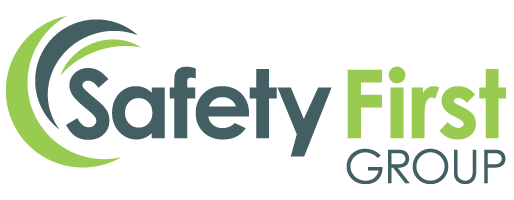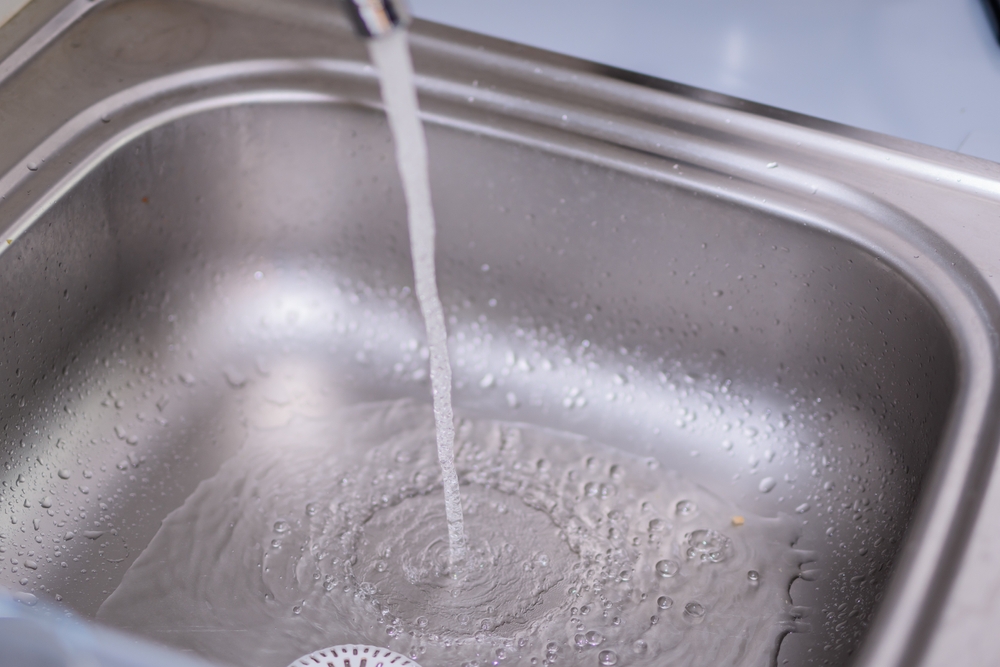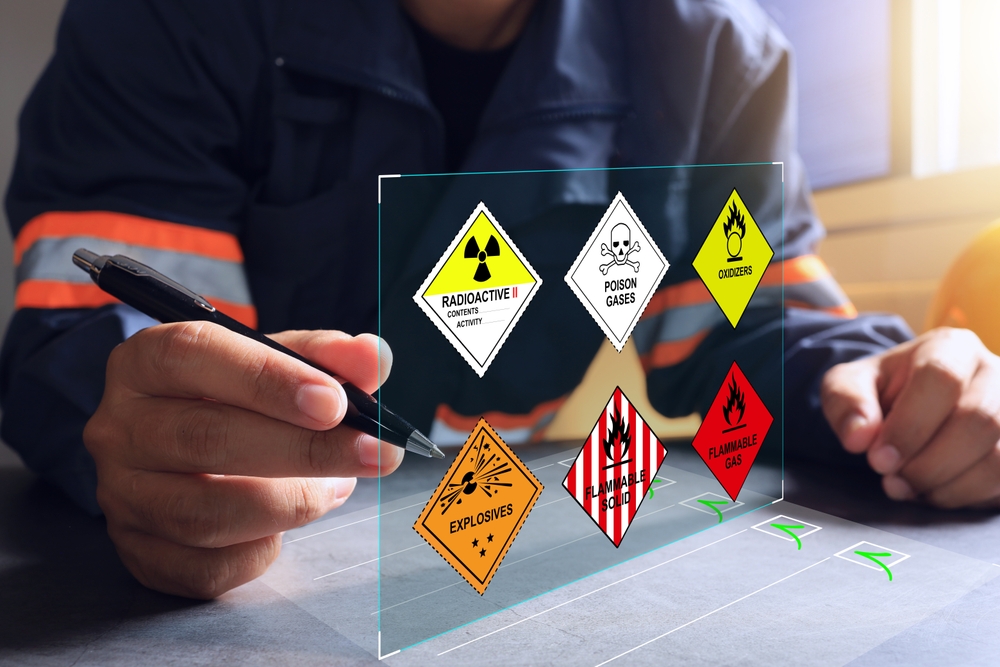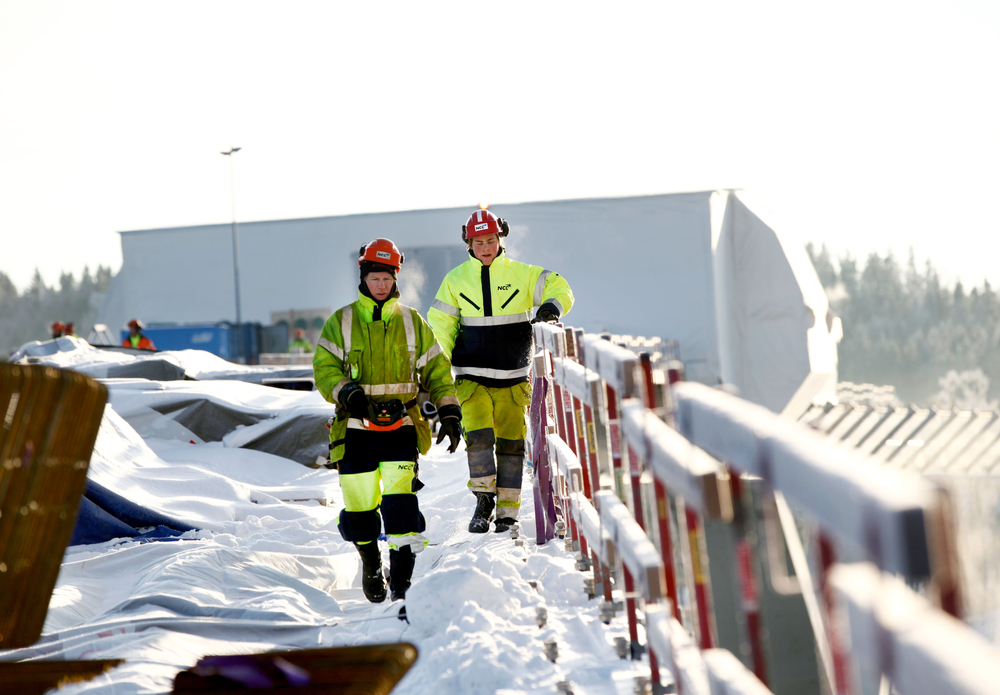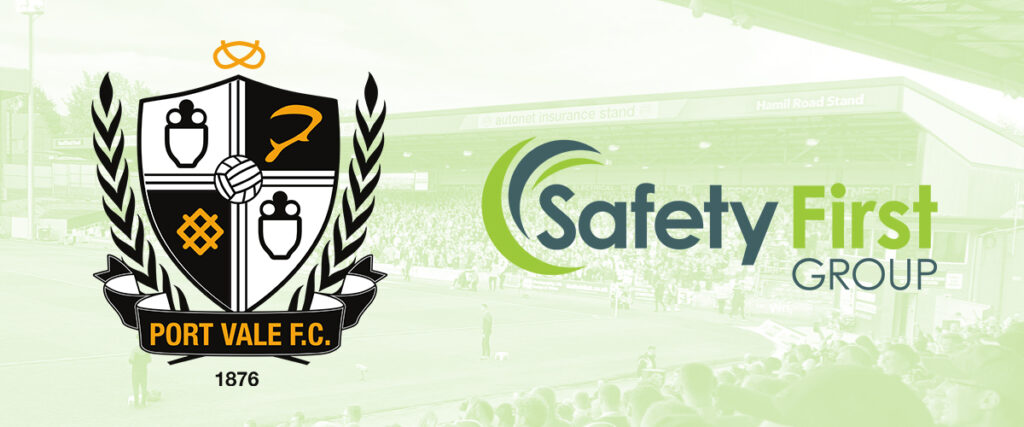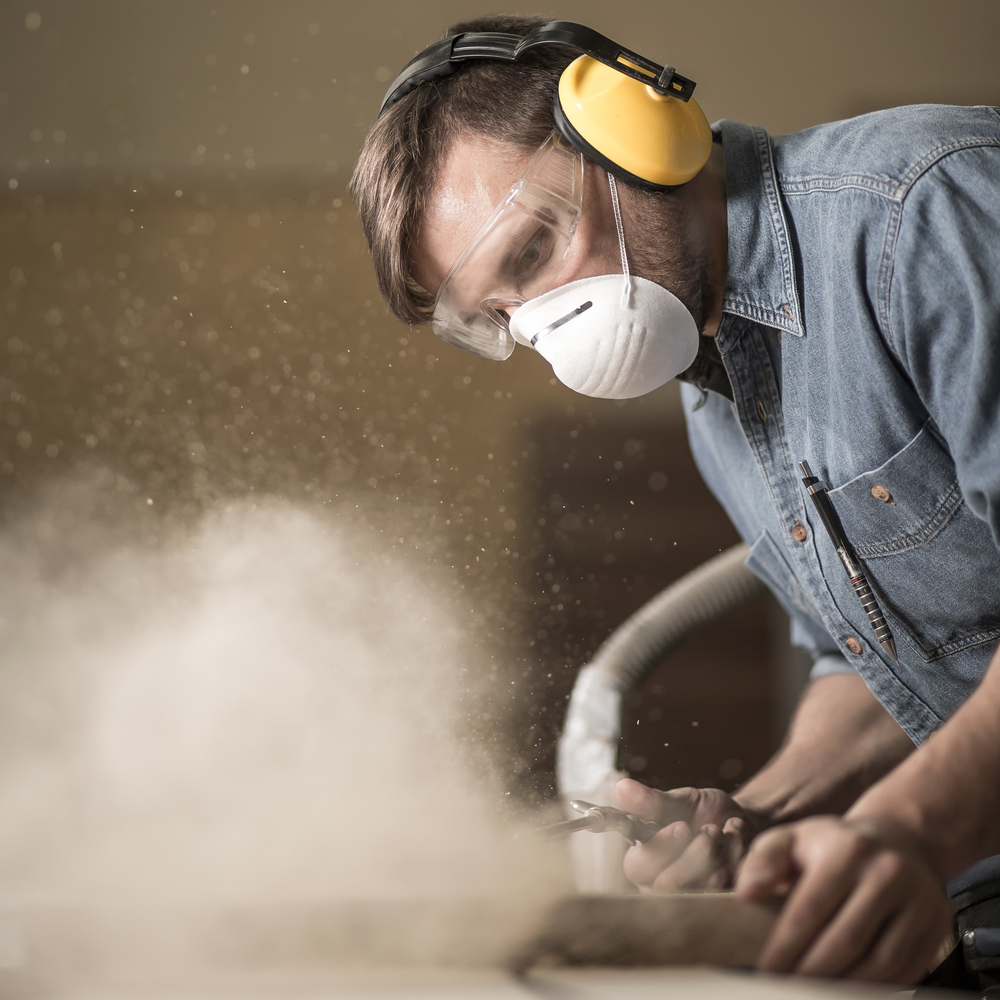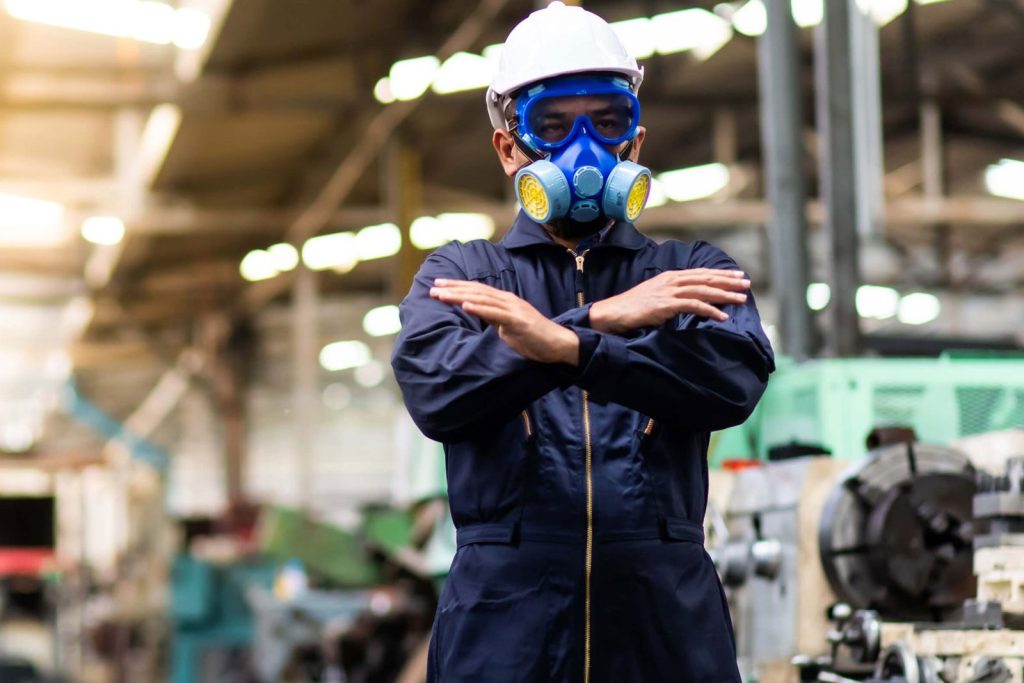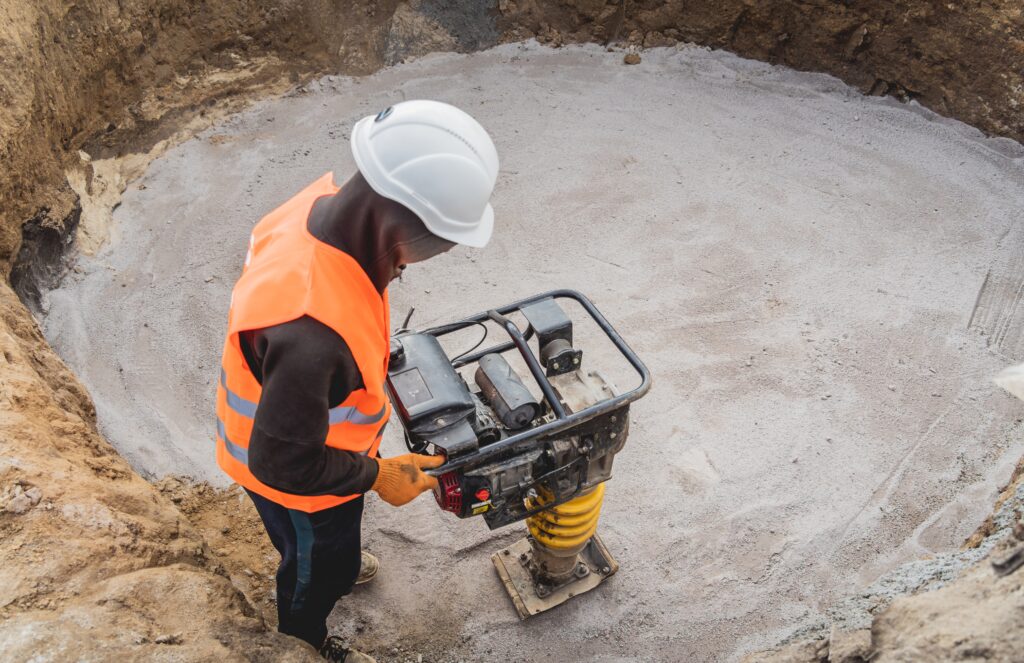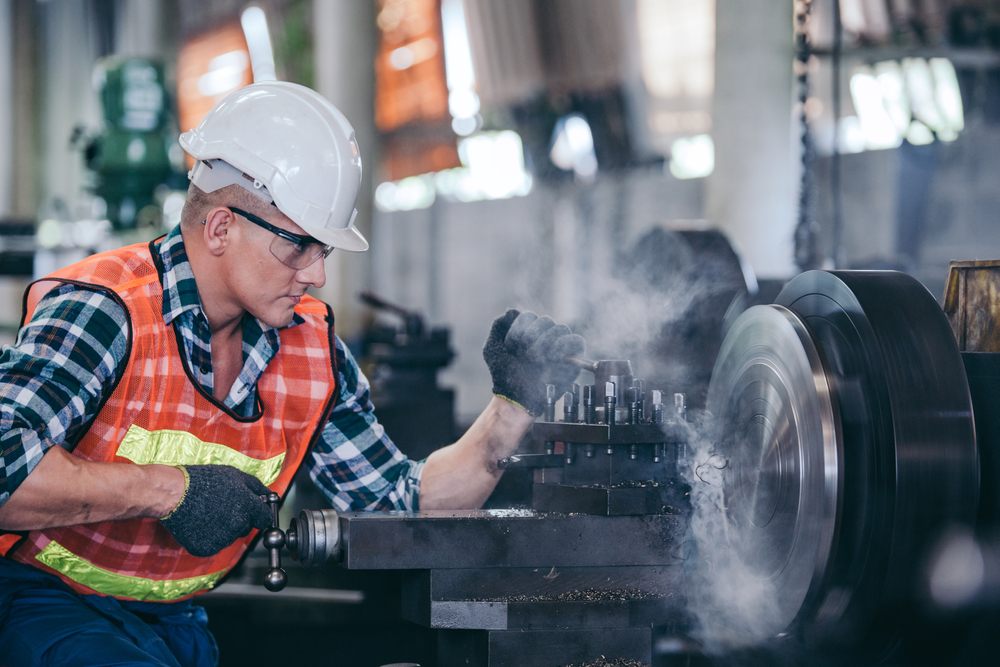Are we treating workplace noise as a priority? The issue of noisy workplaces isn’t a new one. Especially for construction workers who are used to high levels of noise. The problem it seems, is now noisy offices and how this affects workers’ ability to perform.
When COVID hit, many of us readied for working from home. Over the past two years many of the UK workforce have found that working alone in silence adds to their productivity and energy levels. But when businesses started calling their workers back to the office, suddenly it seems there is new problem to contend with – workplace noise!
Environmental Noise
Construction sites are notoriously noisy places. Environmental noise assessments should be carried out as standard and at regular intervals. Environmental noise assessments are essential in managing noise pollution in the UK. Complying with the Environmental Noise Regulations (2006), means that businesses need to conduct regular environmental noise monitoring. This helps businesses take necessary steps to control the impact of noise on the wider environment.
Your business might be required to carry out an initial assessment for a variety of reasons, including:
- Regulatory compliance
- Environmental impact assessments
- Applications for planning
- Responses to noise complaints
However, environmental noise assessments and workplace noise assessments are two very different beasts. Generally, noisy sites can also carry problems for their workforce, so we have to consider the impact of noise inside of buildings also.
Noise pollution is classed as a hazard in the UK. Highly populated places such as industrial sites need to ensure that they are compliant with the Environmental Noise (England) Regulations 2006. Therefore, In keeping with UK law, environmental noise assessments are essential for monitoring any adverse effects that come from the impact of environmental noise on the wider environment.
Is workplace noise the new kid on the block?
Realistically, no. The issues surrounding workplace noise have been around for some time. Workplace noise assessments generally safeguard employees from hearing damage when noise levels reach dangerous levels. In many scenarios this means protecting those most at-risk employees and providing them with ear protection. You may also need to limit he amount of time they are exposed to high levels of noise.
You might think this is a simple fix, in reality it takes expert risk assessment and monitoring over long periods of time. And even then, employees most at risk may always be at risk of developing ill health because of noise. This is where your legal responsibilities as employers come into play.
Safeguarding employees in the office
It’s not unusual for us to visit offices to monitor noise levels. Many offices attached to busy warehouses or manufacturing plants will naturally require regular monitoring. You will also need to implement measures to protect the health of high-risk employees. Hospitality businesses like pubs and clubs are also on the list as some of the UK’s noisiest places to work. But we don’t generally consider offices to be dangerously noisy for our workers. However, a new take on noisy workplaces has come to light.
Employees are complaining that their overall productivity is being affected by the levels of noise in their buildings.UK businesses are reporting that employees are opting to stay at home rather than work in the office, which is hindering their plans for proper engagement and in-person collaboration.
Encouraging collaboration between employees can significantly enhance competitive advantage and propel business growth plans. So why are employees reluctant to return to the office? And is this affecting workplace productivity?
Alarmingly, one in seven workers have reported hearing problems as a result of long-term exposure to workplace noise. In addition to this, more than half of employees have said that their offices are too busy, too noisy and that they felt more stressed as a result.
After almost two years working from home, have we become so used to the peace and quiet of our homes that we now consider the office to be hazardous? And what, if anything, can be done about this new wave of employee health concerns?
Acoustic management of new buildings
It’s quite clear that more needs to be done to combat the problem of workplace noise. A recent article highlights the need for new buildings to prioritise acoustic management at the forefront of their designs. So is this the answer to combating workplace noise?
Businesses can use acoustic products that attach to their walls and ceilings to change the way that noise is absorbed. But even with the option to do this, often older buildings have specific fire safety regulations that rule out being able to add anything to the design of the buildings.
Urging building contractors to consider the impact of correct acoustics in the management of workplace noise is a great approach to take. However, what can we do now to help those businesses occupying existing building spaces?
Workplace noise – The Safety First way
With over 10 years of helping businesses with workplace noise risks, we are uniquely positioned to help your workforce monitor and manage noise hazards. With an extensive range of occupational hygiene services, we can address both noise concerns and occupational health surveillance for your most at-risk employees.
Our friendly technicians are on hand to discuss all of your workplace compliance either on 0845 004 2133 or through out contact page.
For more information on any of our compliance services or to learn more about Safety First Group, visit us here.
